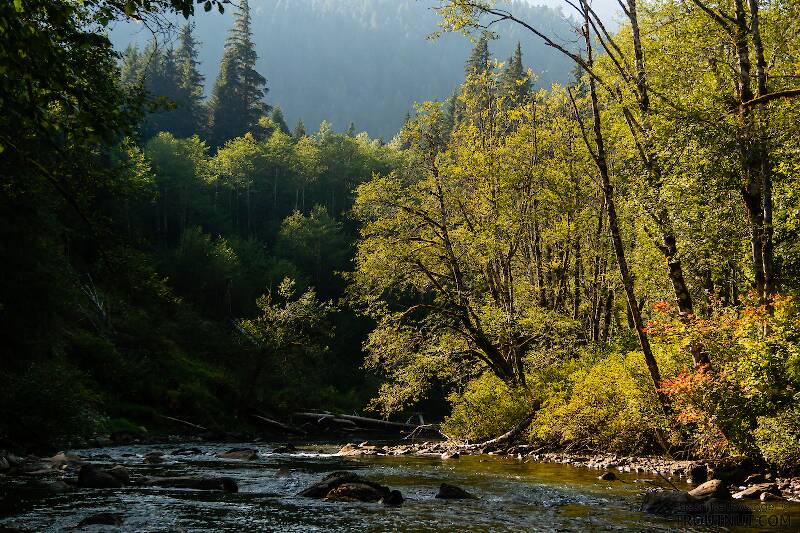
Blue-winged Olives
Baetis
Tiny Baetis mayflies are perhaps the most commonly encountered and imitated by anglers on all American trout streams due to their great abundance, widespread distribution, and trout-friendly emergence habits.


Stonefly Species Allocapnia minima (Little Snowflies)
Species Range
Physical description
Most physical descriptions on Troutnut are direct or slightly edited quotes from the original scientific sources describing or updating the species, although there may be errors in copying them to this website. Such descriptions aren't always definitive, because species often turn out to be more variable than the original describers observed. In some cases, only a single specimen was described! However, they are useful starting points.
Description from GBIFthe Global Biodiversity Information Facility
Source: Epiproct And Dorsal Process Structure In The Allocapnia Forbesi Frison, Allocapnia Pygmaea (Burmeister), And Allocapnia Rickeri Frison Species Groups (Plecoptera: Capniidae), And Inclusion Of Allocapnia Minima (Newport) In A New Species Group
Male epiproct. Apical segment of upper limb flattened in lateral aspect and ca. 198 µm long; apical ca. 31 µm armed with a series of appressed processes separated by narrow grooves and terminating in elongate, flattened spines (Figs. 37 - 41), remainder of apical segment armed with widely separated long, thick setae; apical segment ca. 83 - 86 µm wide throughout length and bluntly rounded at tip. Basal segment of upper limb ca. 62 µm wide, without mesal longitudinal groove. Lower limb ca. 96 µm wide near apical spoon. Male tergal process. Prominent thimble-shaped, undivided structure on tergum 8 slanted caudad and ca. 54 µm wide at tip; apex covered with scale-like structures (Fig. 40 - 42).
Start a Discussion of Allocapnia minima
Stonefly Species Allocapnia minima (Little Snowflies)
Species Range
Common Names
Resources
- NatureServe
- Integrated Taxonomic Information System
- Global Biodiversity Information Facility
- Described by Barnston, G.C. (1848) mss. In: Proceedings of the Linnean Society of London.

